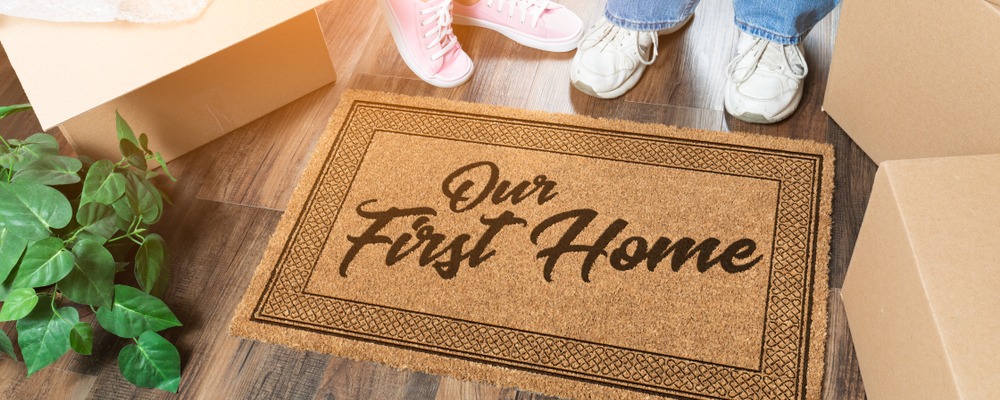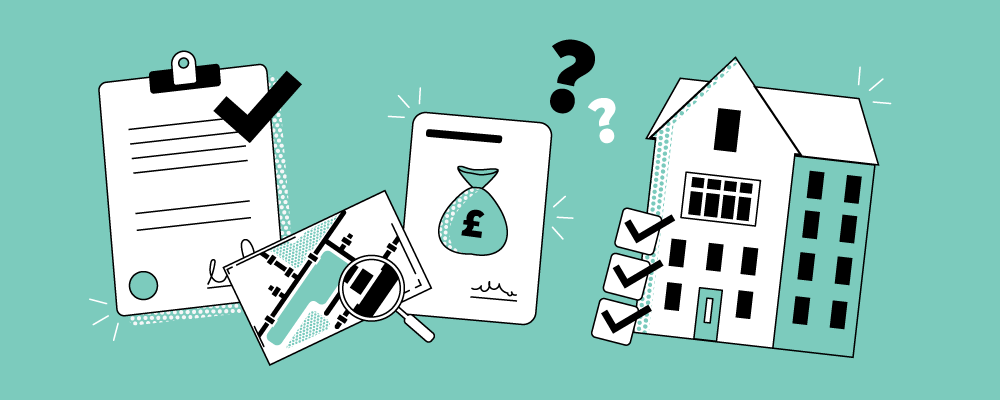
England’s capital is vibrant, multiethnic and packed with exciting things to do, meaning no two days are the same. Properties in London are always in high demand, so it’s important to know how the homebuying process works to ensure a smooth purchase.
Explore our handy checklist for buying a property in London, from understanding your budget to exchanging contracts.
Explore our handy checklist for buying a property in London, from understanding your budget to exchanging contracts.
Key Takeaways
Determine Your Budget:
Assess your finances and decide on a budget for the full cost of purchasing a property.
Consider additional costs like conveyancing fees, property surveys, and removal services.
Research Neighbourhoods:
Explore different areas in London and check local amenities.
Consider proximity to schools, transport links, and recreational facilities.
Find a Reliable Real Estate Agent:
Seek professional guidance from an experienced agent.
They can help you identify suitable properties and navigate the buying process.
Identify Potential Properties:
Attend viewings and assess properties based on your preferences.
Take note of features, condition, and any necessary improvements.
Conduct Inspections:
Arrange property inspections to evaluate its condition thoroughly.
Check for structural issues, plumbing, and electrical systems.
Secure Financing:
Explore mortgage options and secure financing.
Work with a lender to finalize your mortgage agreement.
1. Work out your budget
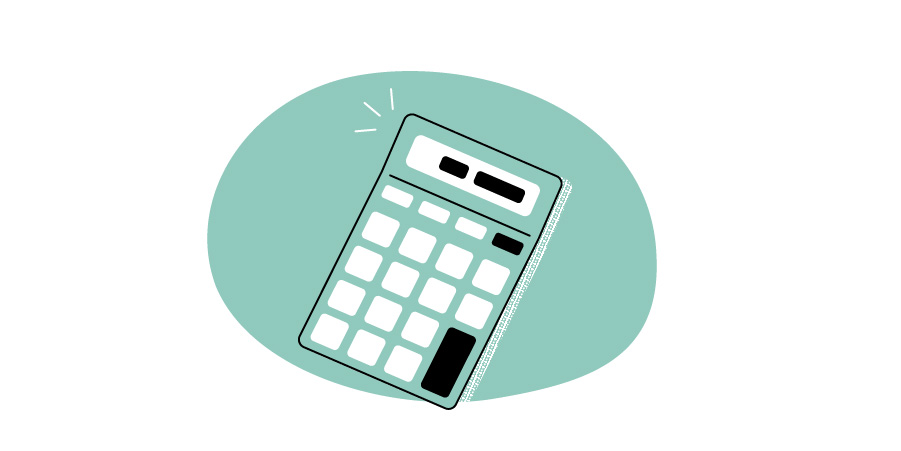
Working out your budget is the first step in the homebuying process in London, whether you're a first-time buyer or an existing homeowner. Consider your monthly outgoings, from utility bills to groceries, and factor in other costs like:
• Mortgage fees
• Conveyancing or solicitor fees
• Surveyor fees
• Insurance
• Removal
• Stamp Duty (if applicable)
2. Save for your deposit

A deposit is the amount you pay upfront when buying a new home. Your mortgage covers the rest. Mortgages are often described in terms of ‘Loan-to-Value’ (LTV) – the percentage of the home’s value that you borrow from the bank. So, if you have a 10% deposit, your LTV would be 90%.
Having a bigger deposit means you can lower your LTV. With a lower LTV comes lower interest rates and mortgage repayments. Most lenders require a deposit between 10% and 15%, but you may be able to buy with 5%.
3. Choose the right area for you

London is a big, multicultural city, and every neighbourhood has a distinct character. Whether you want to live close to efficient transport links or be surrounded by greenery, we’re here to help.
Below are some of the most important things to consider when choosing a place to live in London.
Entertainment and nightlife
While Central London and the West End are famous for their vibrant theatres, museums and bars, there is still plenty going on in other parts of the city. Shoreditch and Camden offer a diverse nightlife, with quirky pubs, LGBT+-friendly venues and underground treasures. Chelsea is also a popular hotspot for entertainment, with stylish and exclusive clubs.
Commute time and transport links
If you commute to work every day, living near good transport links is essential. London has an efficient underground service, with 11 tube lines connecting every part of the capital. If you work from home or need to be in the office a few days a week, a house on the outskirts strikes the perfect balance between urban and suburban living.
Access to green spaces
London is home to beautiful green spaces, from Regent’s Park and Greenwich Park to Clapham Common. If being close to nature is important to you, you’ll be spoilt for choice. Living in Central London means benefitting from easy access to St James’s Park and Hyde Park, while the outskirts feature Richmond Park and Hampstead Heath.
Type of property
From traditional Victorian terraces to modern new-build apartments, London has versatile properties to cater to all budgets and lifestyles. What home you buy will depend on how much space you need and what you can afford.
Older properties attract buyers with their charming character, but they may need to undergo renovation. This could range from rewiring to fitting a new heating system or damp proofing the home. Buying new is becoming a popular option among first and second-time buyers. The modern layout of new builds ensures comfortable living, with open-plan kitchens and energy-efficient features.
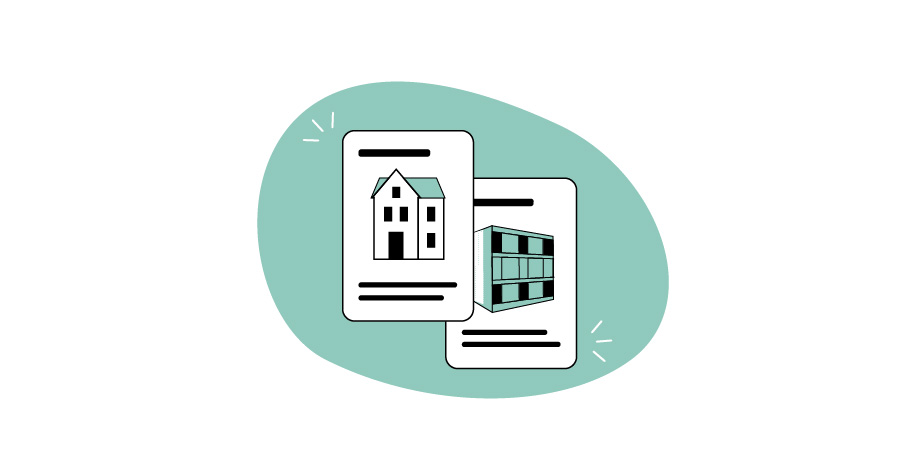
Your plans
Life changes, so what is right for you today may not be what you want tomorrow. It’s worth thinking about your longer-term plans. For example, if you’d like to have children in the next few years, space and proximity to schools might be a factor. On the other hand, if you know that’s not on the agenda, you may want to prioritise your cultural interests by being close to London’s entertainment hotspots.
4. Make an offer
Once you’ve found your new home, the next step to buying a property in London is making an offer. This is usually done through an estate agent. Some things to consider when weighing up the offer include:
• Don’t propose more than you can afford – Consider the extra costs on top of your mortgage and offer an amount you’re comfortable with.
• Get fixtures and fittings in writing – Ask the seller to include everything they’re leaving behind.
5. Apply for a mortgage
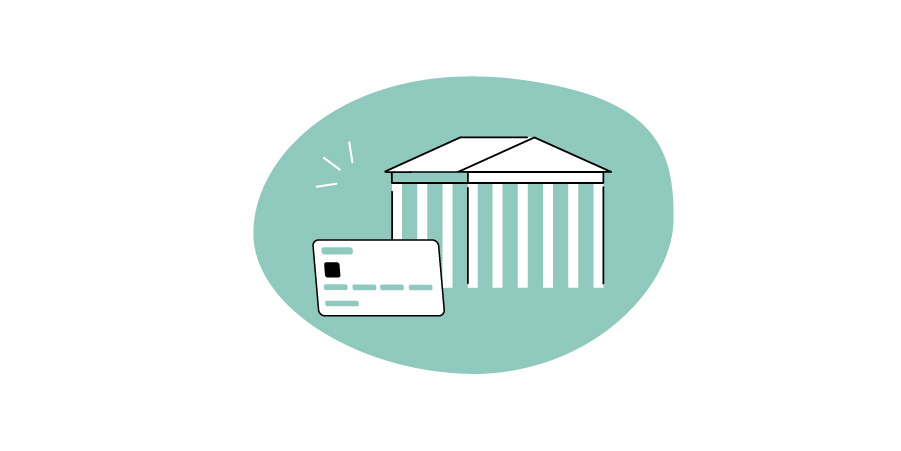
Now that your offer has been accepted, you can apply for a mortgage. Finding the right one can be daunting, but you can work with a lender or mortgage broker to make life easier. They have extensive knowledge of the property market and can recommend the best option for your circumstances.
The mortgage application process can take a few weeks, as it involves checking your credit record and valuing your property.
6. Start the legal work
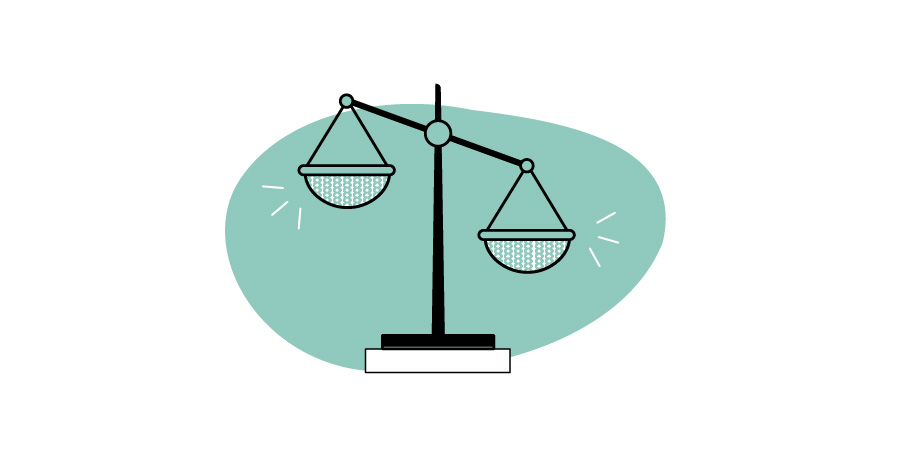
Solicitors and licensed conveyancers play an important part in the homebuying process in London. They handle the legal side of the purchase, from drafting contracts to conducting local searches.
Our step-by-step guide to the conveyancing process explores the ins and outs of working with a solicitor.
7. Arrange a house survey
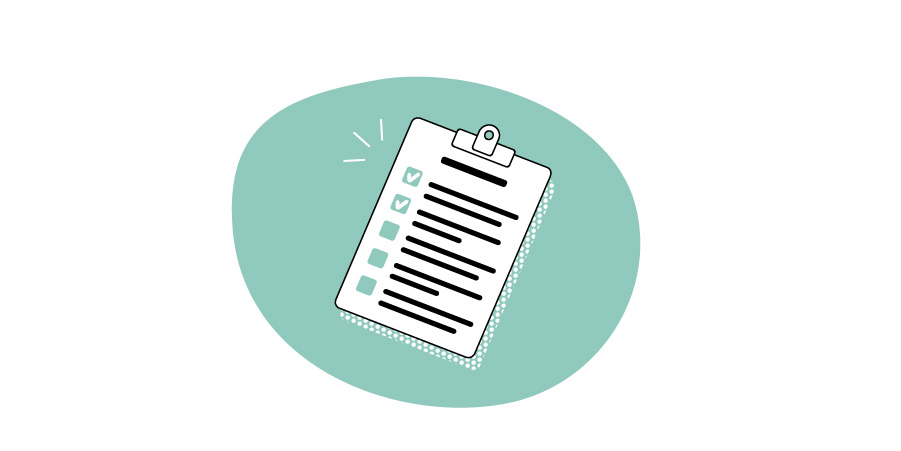
Your lender will conduct a house survey – an assessment of the property to estimate its value. This is to ensure the property is worth what you’re paying for it. You may want to arrange a house survey with an expert surveyor to check that the home doesn’t have significant structural issues.
There are three types of house surveys:
• RICS Home Survey Level 1 – a general overview of the property’s conditions
• RICS Home Survey Level 2 – a more in-depth survey of the property’s inside and outside state
• RICS Home Survey Level 3 – the most comprehensive survey type
If the survey identifies major faults, you could renegotiate the selling price to account for the extra costs.
8. Exchange contracts
Once the survey is complete and you’re happy with the results, you can finalise your mortgage. This is the most important part of buying a property in London, as it can bind you to the purchase. You typically have seven days to think it over before accepting.
So, ready to find your new home? Browse our new homes for sale in London and unique homebuying offers. Call our Sales Advisers today to learn more.
